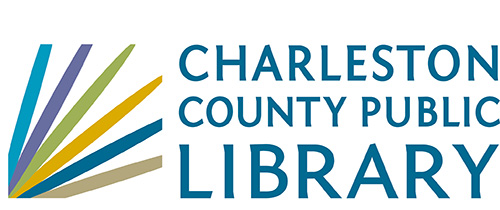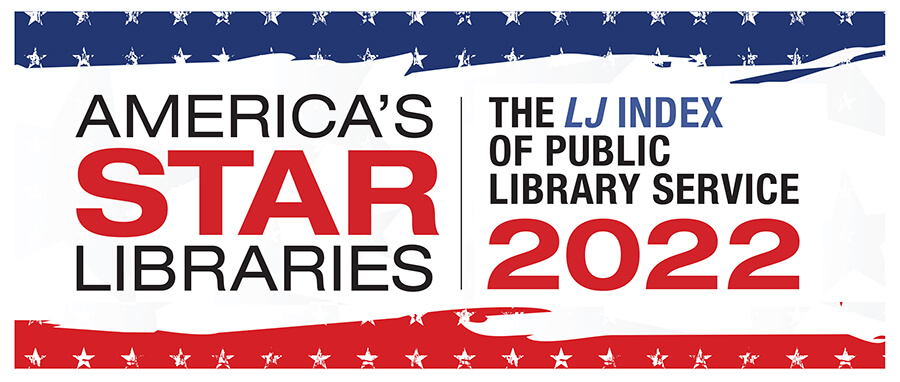Menu
×
John L. Dart Library
Closed
Phone: (843) 722-7550
West Ashley Library
Closed
Phone: (843) 766-6635
Folly Beach Library
Closed
Phone: (843) 588-2001
Edgar Allan Poe/Sullivan's Island Library
Closed for renovations
Phone: (843) 883-3914
Wando Mount Pleasant Library
Closed
Phone: (843) 805-6888
Village Library
Closed
Phone: (843) 884-9741
St. Paul's/Hollywood Library
Closed
Phone: (843) 889-3300
Otranto Road Library
Closed
Phone: (843) 572-4094
Mt. Pleasant Library
Closed
Phone: (843) 849-6161
McClellanville Library
Closed
Phone: (843) 887-3699
Keith Summey North Charleston Library
Closed
Phone: (843) 744-2489
John's Island Library
Closed
Phone: (843) 559-1945
Hurd/St. Andrews Library
Closed
Phone: (843) 766-2546
Miss Jane's Building (Edisto Library Temporary Location)
Closed
Phone: (843) 869-2355
Dorchester Road Library
Closed
Phone: (843) 552-6466
Baxter-Patrick James Island
Closed
Phone: (843) 795-6679
Main Library
2 p.m. – 5 p.m.
Phone: (843) 805-6930
Bees Ferry West Ashley Library
Closed
Phone: (843) 805-6892
Mobile Library
Closed
Phone: (843) 805-6909
Today's Hours
John L. Dart Library
Closed
Phone: (843) 722-7550
West Ashley Library
Closed
Phone: (843) 766-6635
Folly Beach Library
Closed
Phone: (843) 588-2001
Edgar Allan Poe/Sullivan's Island Library
Closed for renovations
Phone: (843) 883-3914
Wando Mount Pleasant Library
Closed
Phone: (843) 805-6888
Village Library
Closed
Phone: (843) 884-9741
St. Paul's/Hollywood Library
Closed
Phone: (843) 889-3300
Otranto Road Library
Closed
Phone: (843) 572-4094
Mt. Pleasant Library
Closed
Phone: (843) 849-6161
McClellanville Library
Closed
Phone: (843) 887-3699
Keith Summey North Charleston Library
Closed
Phone: (843) 744-2489
John's Island Library
Closed
Phone: (843) 559-1945
Hurd/St. Andrews Library
Closed
Phone: (843) 766-2546
Miss Jane's Building (Edisto Library Temporary Location)
Closed
Phone: (843) 869-2355
Dorchester Road Library
Closed
Phone: (843) 552-6466
Baxter-Patrick James Island
Closed
Phone: (843) 795-6679
Main Library
2 p.m. – 5 p.m.
Phone: (843) 805-6930
Bees Ferry West Ashley Library
Closed
Phone: (843) 805-6892
Mobile Library
Closed
Phone: (843) 805-6909
Patron Login
menu
Item request has been placed!
×
Item request cannot be made.
×
 Processing Request
Processing Request
The troper-proser Huesca, Chapter Library, MS 4: a Vestige of Cluny?
Item request has been placed!
×
Item request cannot be made.
×
 Processing Request
Processing Request
- Author(s): Tello Ruiz-Pérez, Arturo
- Source:
Journal of Medieval Iberian Studies; Sep2017, Vol. 9 Issue 2, p184-205, 22p- Subject Terms:
- Source:
- Additional Information
- Subject Terms:
- Subject Terms:
- Abstract: Comparing a species of codex such as the troper-proser with Cluniac charisma might at first seem somewhat contradictory. Cluny has been understood in criticism to have systematically opposed the addition of any extra-official compositions (tropes and sequences) to the liturgy and as a model of splendor and solemnity in medieval chants. Through the case of MS 4 from the Huesca Cathedral, a troper-proser from the end of the eleventh century or beginning of the twelfth, this article aims to put this axiomatic understanding to the test of reason. While the liturgy that developed at the mother house in Cluny was one thing, that which became established in the some of the monasteries that embraced reform in the spirit of the Burgundian abbey was quite another. In the latter, practices that were previous to, contemporary with and posterior to the adoption of Cluniac reforms contributed to a distinctive and particular style that preserved typical regional features, giving local flavor to the liturgical repertoire. Moreover, in order to address the question as to whether this troper-proser is a kind of book that would have belonged to a monastery or cathedral, we will take a look at the information provided by the manuscript itself. Taking all angles into account, we will inquire into codicology, the suppositions of the history of reception, cultural transfers and, of course, liturgy and chant. The attribution of the manuscript and the shaping of regional profiles will be among the issues brought into play in this analysis. [ABSTRACT FROM AUTHOR]
- Abstract: Copyright of Journal of Medieval Iberian Studies is the property of Routledge and its content may not be copied or emailed to multiple sites or posted to a listserv without the copyright holder's express written permission. However, users may print, download, or email articles for individual use. This abstract may be abridged. No warranty is given about the accuracy of the copy. Users should refer to the original published version of the material for the full abstract. (Copyright applies to all Abstracts.)
Contact CCPL
Copyright 2022 Charleston County Public Library Powered By EBSCO Stacks 3.3.0 [350.3] | Staff Login


No Comments.